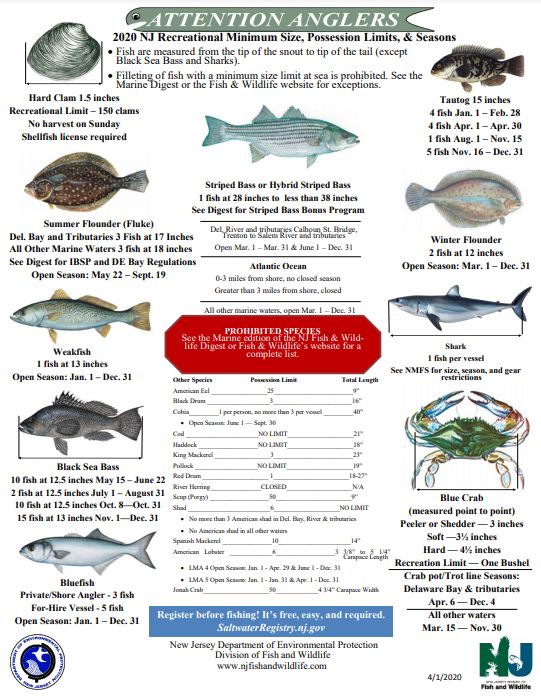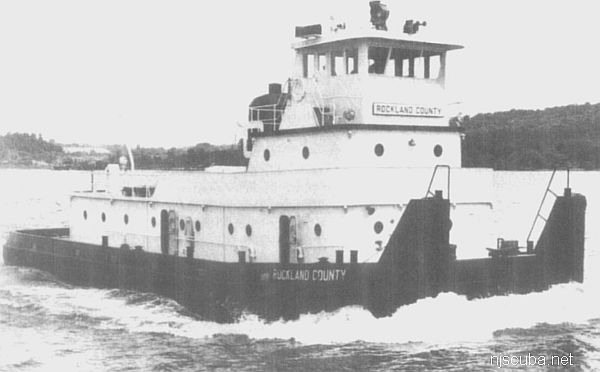Bluefish

Pomatomus saltatrix
profile by John McClain, Principal Fisheries Biologist
Range:
The Bluefish occurs in temperate and warm waters of the western Atlantic from Nova Scotia to Uruguay, off the West African shelf, in the Mediterranean and Black Seas, in the Indian Ocean, and off Tasmania and Australia. In the United States, there are two major fishing areas, Cape Cod Bay to Cape Lookout and Cape Canaveral to Pompano Beach.
Biology:
The bluefish is the only member of its family; the Pomatomidae. Both sexes are about the same size and may live for 14 years. A one-year-old fish is approximately 9 inches long and 0.3 pounds; a 5-year-old is about 27 inches and 7 pounds; a 10-year-old is about 32 inches and 15 pounds, and a 14-year-old may attain 34 riches and 19 pounds. Bluefish are considered primitive relatives of Sea Basses, although their exact relationship with other fishes is debatable.
Names:
Bluefish and Pomatomus saltatrix are the accepted common and scientific names. Bluefish are also referred to as snapper, tailor, snapping mackerel, and chopper.
Food:
Bluefish are highly predatory on other fish. Young bluefish feed on small shrimp, silversides, anchovies, and others. Adults eat butterfish, menhaden, silversides, Atlantic mackerel, anchovies, and young weakfish along with many other species. Over 70 species of fish and many invertebrates have been found in bluefish stomachs.
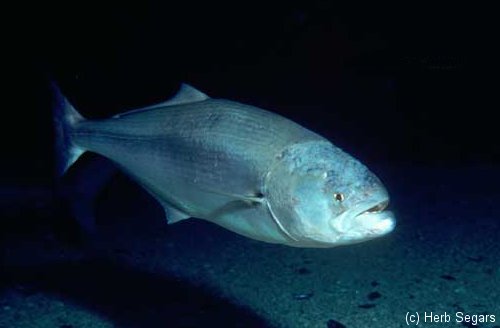
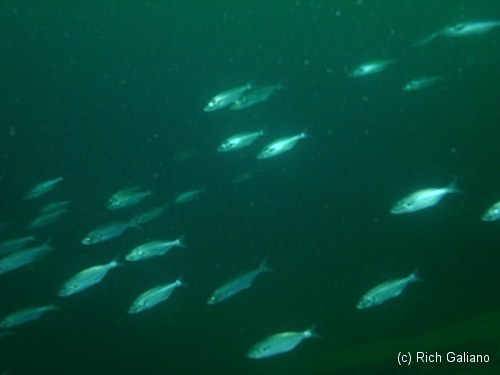
Migration:
Bluefish travel northward as far as Maine in the spring and summer and southward to Florida in the fall and winter, generally in groups with the same size fish. They reach the waters off New York and New Jersey in April and May and begin to move inshore. Adult bluefish move into coastal bays in the spring for a month or so and then into the ocean. Juvenile bluefish, especially young of the year, migrate into our estuaries in the early summer and remain into early fall.
Spawning:
An average-size female will lay 1 million eggs annually after reaching maturity during the second year of life. There are two major spawning areas and seasons along the east coast. One is near the inner edge of the Gulf Stream from southern Florida to North Carolina, where spawning occurs primarily in April and May. The other is in the Middle Atlantic Bight ( Cape Cod to Cape Hatteras ) where spawning occurs June through August over the continental shelf.
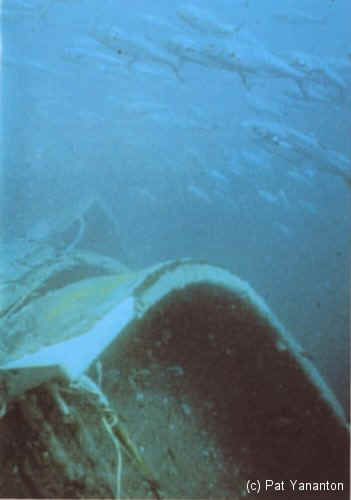
Recreational and Commercial Importance:
Commercial landings along the east coast ranged from a high of 16.5 million pounds in 1981 to a low of 7.8 million pounds in 1996. Bluefish are harvested primarily by gill net, otter trawl, pound net, haul seine, and hand line. The majority of the commercial landings come from North Carolina, New Jersey, New York, and Virginia. Bluefish are limited primarily to the fresh fish market because of their strong flavor and poor freezing qualities.
Recreational landings have ranged from a high of 89.1 million pounds in 1983 to a low of 14.7 million pounds in 1996. Bluefish have always been a favorite with recreational marine anglers in New Jersey, especially among party and charter boat interests. In 1996 New Jersey anglers harvested over one million bluefish weighing over four million pounds.
Sportfishing Facts and Techniques:
Because of their abundance and voracious feeding habits, bluefish are taken in large numbers by anglers. Between May and November, they are accessible to all types of saltwater anglers in the bays, the surf, and the offshore ridges. From bay piers or around bridge pilings, small snappers are taken with bobber rigs baited with spearing or small killies. Small hooks are used for snappers and the best catches are made between late July and September. From a boat in the bay, larger blues, ranging in size from 3/4 to 5 pounds ( or more ) may be taken by trolling or casting rebels and spoons. Surf fishers use cut mackerel, bunker, or mullet for bait fishes, or cast and retrieve spoons and plugs. Offshore anglers troll at moderate speeds with spoons, plugs, and tube lures. During the middle of the day, deep-diving planers or downriggers are needed to reach blues that move to the cooler waters of the depths. One of the favorite methods of party and charter boats is to chum with ground-up bunker. The blues attracted to the chum slick are then taken with cut bait by jigging.
Some general rules that can be helpful for all bluefish anglers are as follows: Look for birds working the water over schools of surface-feeding blues. For their size, blues are tenacious fighters, making dependable tackle a necessity. Leaders should be wire or heavy monofilament to withstand the gnashing teeth of blues. ( Never put your finger inside the mouth of a bluefish! ) Hooks should be large When retrieving a lure, reel as possible, for blues will often pass up a slow-moving target.
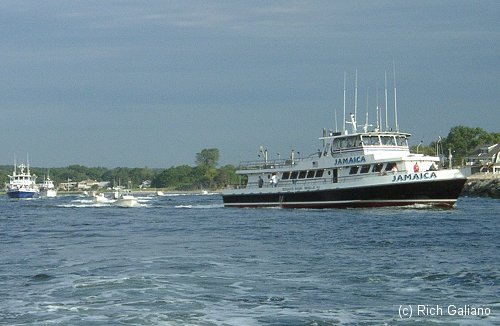
References:
Biological and Fisheries Data on bluefish, Pomatomus saltatrix. National Marine Fisheries Service Technical Series Report No. 11, August 1989
Fishery Management Report No. 14 of the Atlantic States Marine Fisheries Commission (1989)
The Marine Recreational Fisheries Statistics Survey, National Marine Fisheries Service (1983-l996)
This article first appeared in New Jersey Fish & Wildlife Digest - 1999 Marine edition


